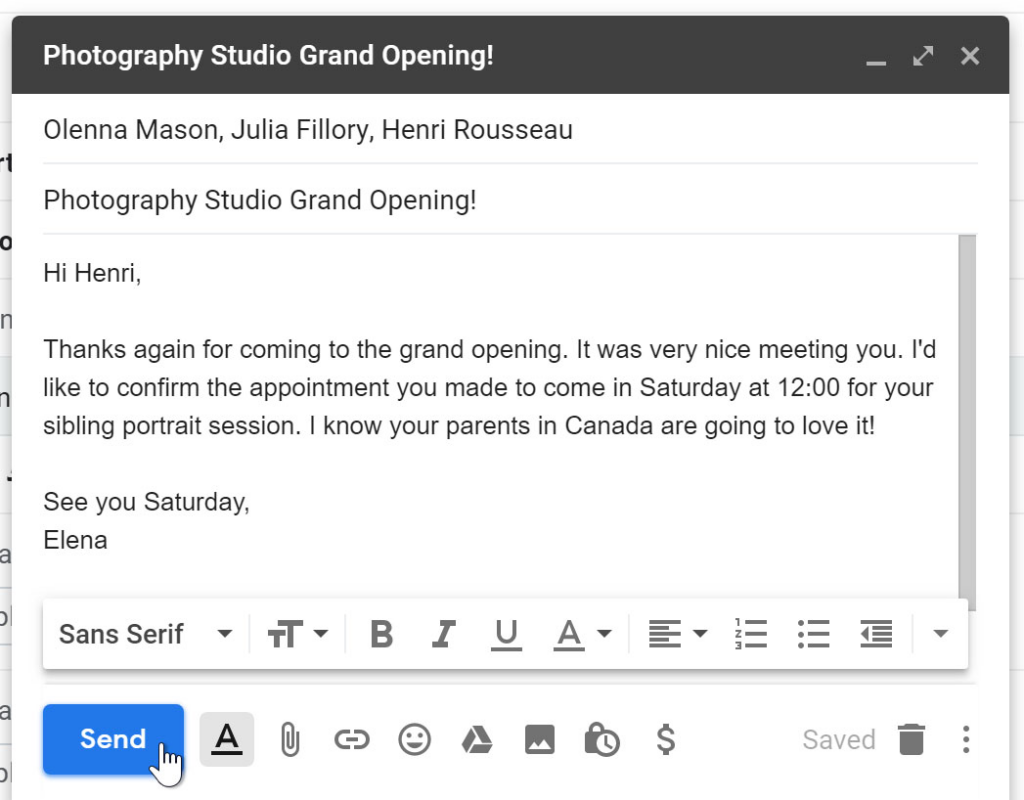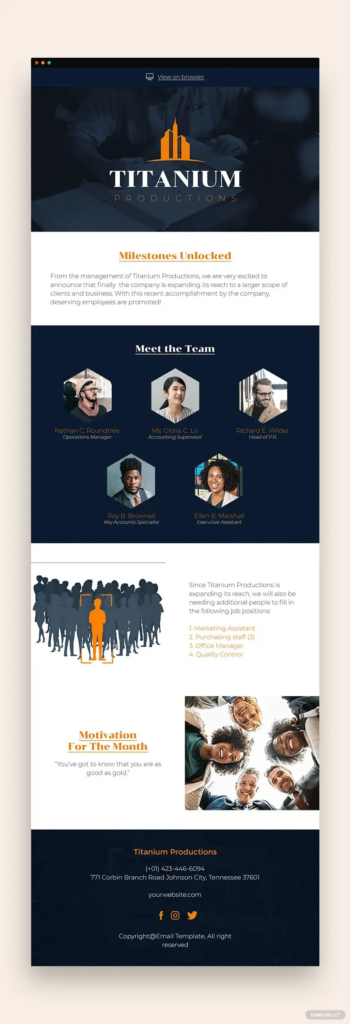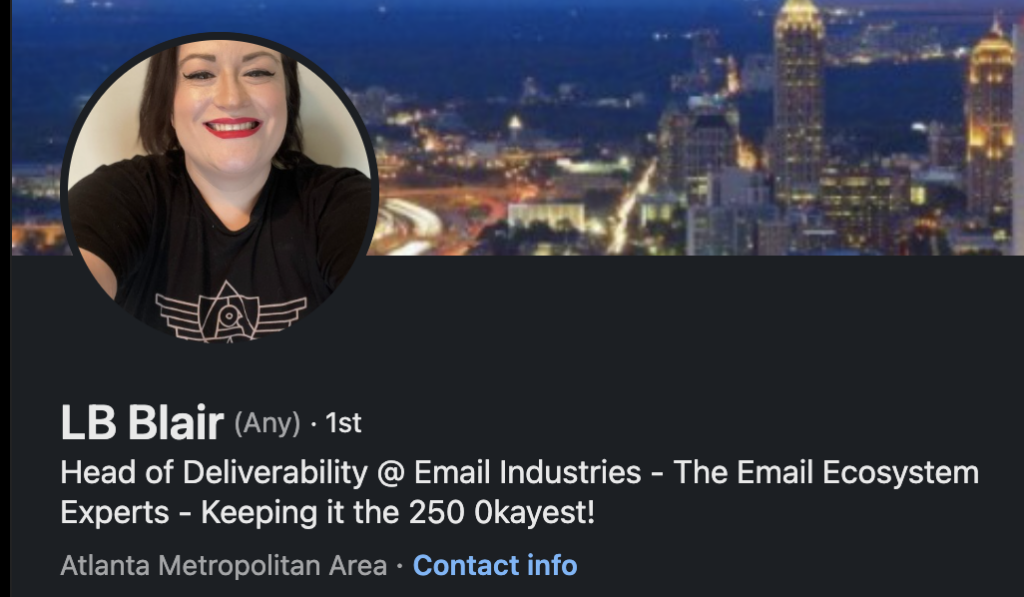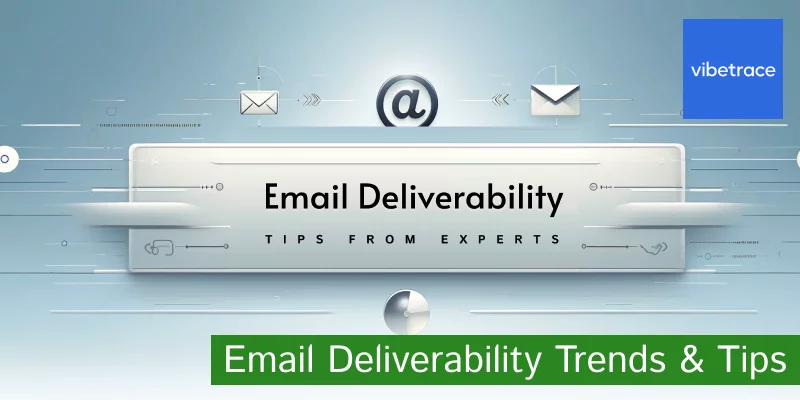Email marketing remains one of the most effective and cost-efficient ways for businesses to reach their target audiences and drive conversions.
Email Marketing had a return of $41 some years ago, but it started to drop a bit and is currently at about $38 in 2023/2024.
Inboxes becoming increasingly crowded and spam filters more sophisticated.
Google and Yahoo increased requirements to improve email deliverability for less spam. Even the most well-crafted email campaigns can fall flat if they fail to reach their intended recipients.
To gain insights into the latest trends, best practices, and common pitfalls in email deliverability, we reached out to industry experts on LinkedIn.
These seasoned professionals, with years of experience in email marketing and deliverability, shared their valuable perspectives on the most common mistakes businesses make, the top trends to watch out for in 2024, and the crucial role that email content plays in determining inbox placement.
We’ve discussed with: Alec Beglarian, LB Blair, Jan-Philipp Benecke and Daniel-wise Ojaide
Let’s learn from these experts’ wisdom, to avoid costly missteps, stay ahead of the curve, and optimize our email campaigns for maximum impact.
So, let’s dive into the expert advice and discover the strategies and best practices that can elevate your email marketing efforts and drive better engagement, conversions, and overall success.
Most Common Mistakes Businesses Make Regarding Email Deliverability
We all make mistakes. What is important is to learn from those mistakes and address them, especially in a business environment.
Here’s what we found are the most common errors:
- Lack of awareness, most folks aren’t aware that deliverability even exists until they’ve already got a deeply entrenched problem. LB Blair
- Lack of proper email authentication. Proper authentication (SPF, DKIM and DMARC) is indispensable nowadays. Jan-Philipp Benecke
- The most common mistake businesses make regarding email deliverability is making panic-fueled, short-term decisions when faced with issues like a sudden drop in engagement. Instead of taking a methodical, long-term approach to identify the root cause and implement a well-considered solution, they often make hasty changes that can worsen the problem. – Alec Beglarian
- Sending cold or marketing emails from their primary domain. You’re at the highest risk with cold emails. If you’re prospecting constantly, be prepared to have recipients delete your emails or mark you as spam, hurting the reputation of your inbox and domain as a result. This in turn, will affect the emails you send to your customers, eg invoices, etc and others sharing the domain will also have their emails affected. Treating email warming as a pump and dump scheme. A lot of businesses are adopting email warming to improve their inbox and domain reputation and get their emails into the inboxes of their recipients. But once they notice improvement, they stop the warming and continue emailing. It’s best to keep warming in the background always. Daniel-wise Ojaide
Top Trends in Email Deliverability for 2024
There were some important changes in email deliverability.
While years ago was damn easy for anyone to send an email on behalf of someone else (email spoofing), things got serious, mostly because of increase in SPAM and related bad activities.

With the help of DKIM, DMARC, SPF those bad actors can not so easily do it anymore. So here’s what experts say for trends in email deliverability for 2024:
With the recent changes by Google and Yahoo, the top trend in email deliverability for 2024 will be the increased focus on authentication and compliance with new guidelines. Bulk email senders will need to prioritize setting up SPF, DKIM, and DMARC authentication, aligning their domains, maintaining low spam rates, and providing easy unsubscribe options to ensure their emails continue to reach recipients’ inboxes.
Alec Beglarian – engage.guru
Yahoogle (Yahoo and Google) taking a big step towards a “no auth, no entry,” model. I think this is a sign that spam filtering has achieved a new level of maturity. One that I support because it makes the ecosystem safer for all of us, as email is a critical channel for malicious cyber attacks and scams, generally more than 80% in any given year.
Not to mention, AI’s ravenous appetite for processing power means there are probably new pressures to make existing products more efficient. Stopping the message at the gate, conserves processing power in both the short and long term as it pushes unauthenticed mail out of the channel.
LB Blair
Authentication – I think there will be more mailbox providers who will jump on this train and also change their policies.
Jan-Philipp Benecke
With the changes implemented by Google and Yahoo, folks are taking their email technical authentication protocols (SPF, DKIM, DMARC) more seriously. Also, marketers are adding the link-unsubscribe header to their emails I think.
Daniel-wise Ojaide
The Impact of Email Content on Inbox Placement
Email is not only about servers and authentication. Content of the email is also very important in terms of Inbox Placement. It consists of a few things:
- subject line
- content body (html or text)
- attachments
- email headers
- from name and from email address: <Your Company [email protected]>

Different aspects will influence Inbox Placement:
- insecure links (not using https)
- trying to evade spam filters
- too many images to avoid pattern matching
- use of url shortners
- balance between images and text
- subscriber focused content
Email content has a huge influence, as the content and how it is received by the audience is the ultimate determinant of whether or not a message is spam. Recently I have seen Google spam filtering the majority of messages with insecure links, those using HTTP instead of HTTPS. This isn’t surprising since Google also announced that TLS 1.2 or higher would be required for SMTP connections to Gmail.
Additionally, if the content contains anything that even looks too much like a scam, or a tactic scams have used to evade the spam filters in the past it it is likely to land in spam. Examples include using images instead of text to avoid pattern matching, or including a large string of random characters in an attempt to bust the hash and avoid matching a known spam fingerprint.
LB Blair
Over the next few years, email will continue to become more personalized and less pre-packaged. Your email content should be “subscriber-focused” and factor in audience management, segmentation, and frequency. This approach will improve engagement and lower complaints, thus increasing inbox placement.
Alec Beglarian
Content can influence the inbox placement, but in most cases not by individual words, as it was the case back in the older days of the Internet. Modern filtering engines based on machine learning, looking of thousands of different things.
Jan-Philipp Benecke
Generally strive for a good balance between images and text, avoid the use of URL shorteners

Biographies
We’ve got answers from these awesome people. Follow them on Linkedin at least:
LB Blair. Linkedin Profile: Head of Deliverability @ Email Industries – The Email Ecosystem Experts

Alec Beglarian Linkedin Profile: Founder of Engage.Guru & Mailberry | Email Marketing & Deliverability Consulting | Tech Entrepreneur & Angel Investor

Jan Philipp Benecke Linkedin Profile: Email Deliverability Engineer & Software Engineer @ CleverReach

Daniel-wise Ojaide: Senior Account Executive at Warmbox.ai

Email deliverability is important. Is best to follow these experts on Linkedin and to invest in your email marketing efforts.

